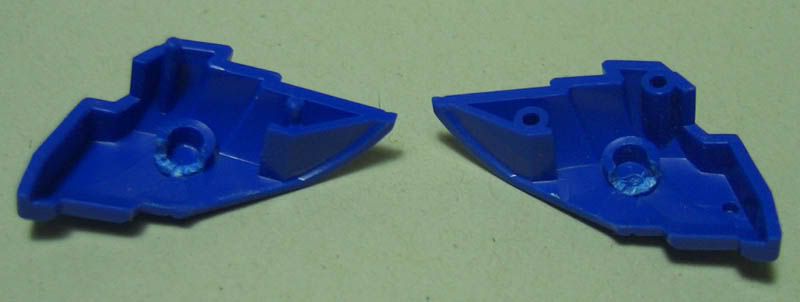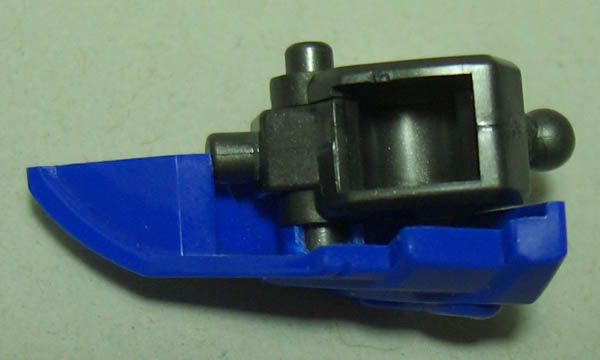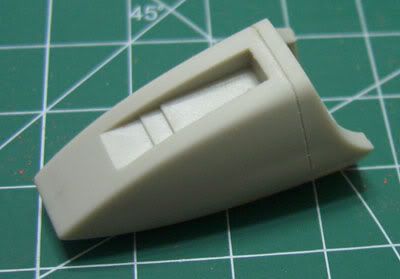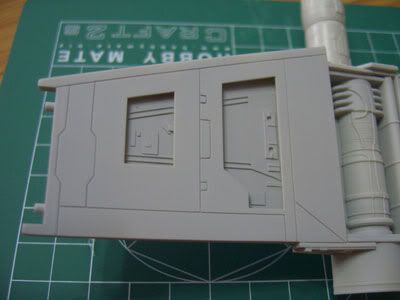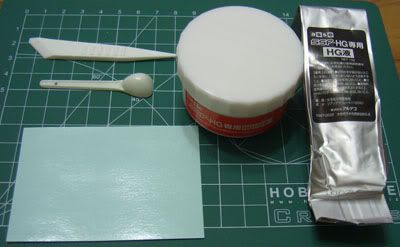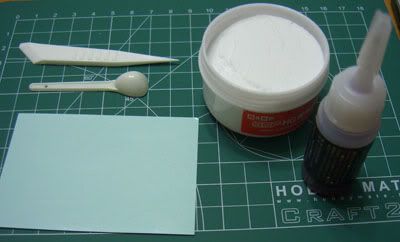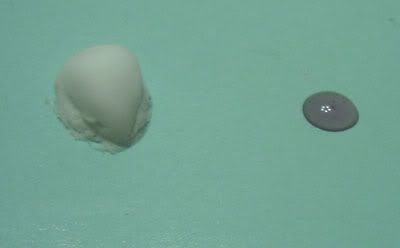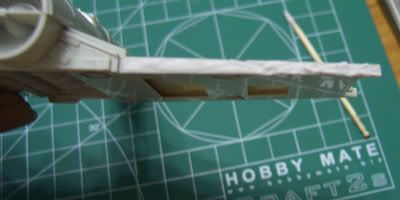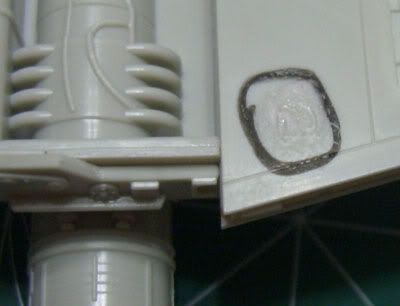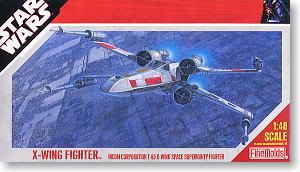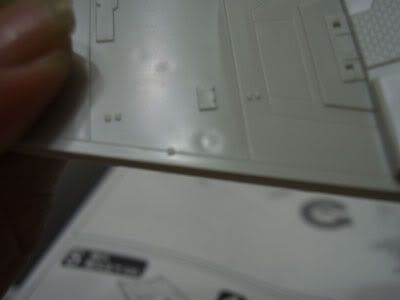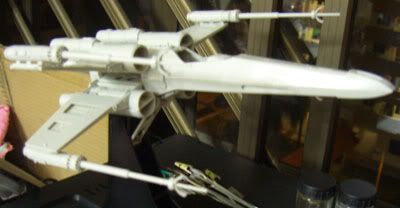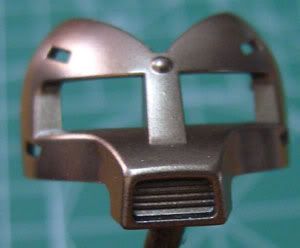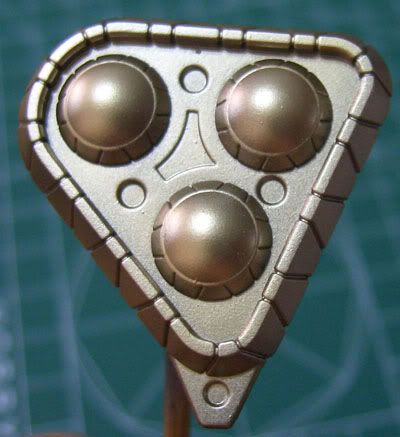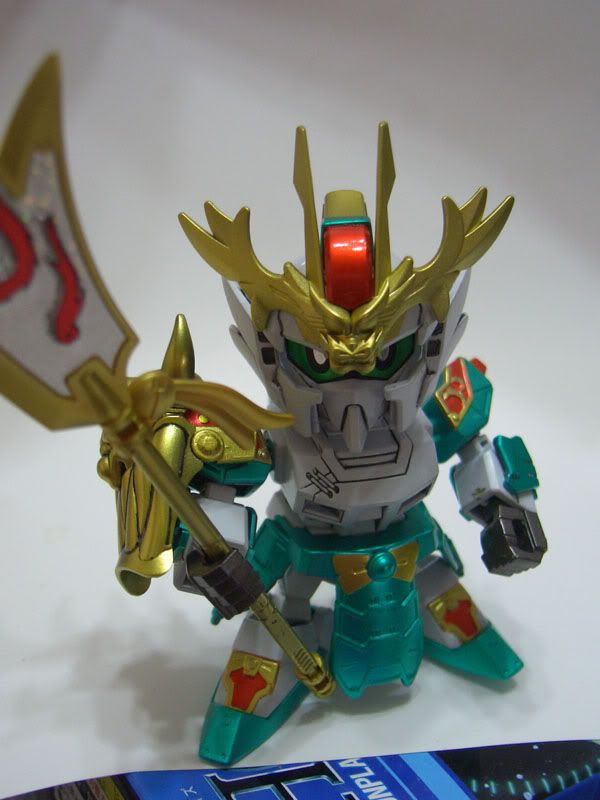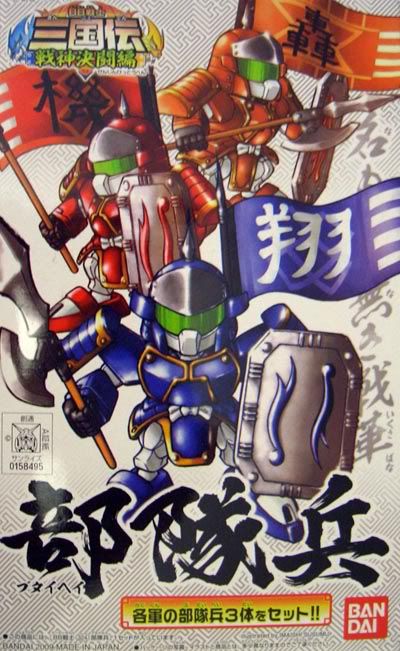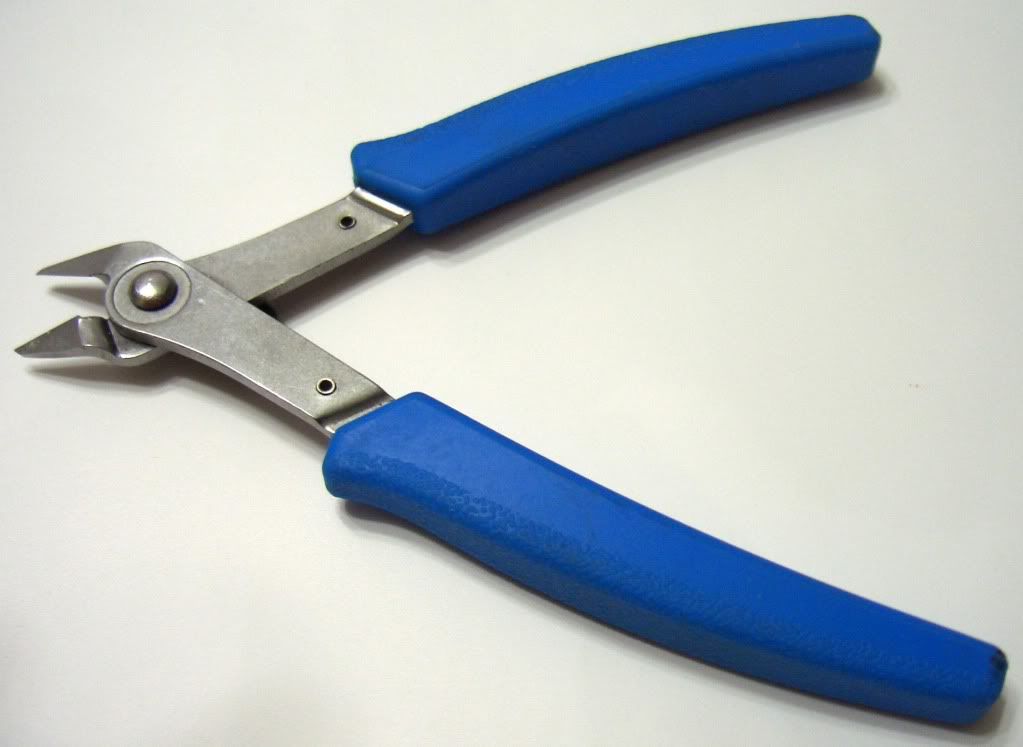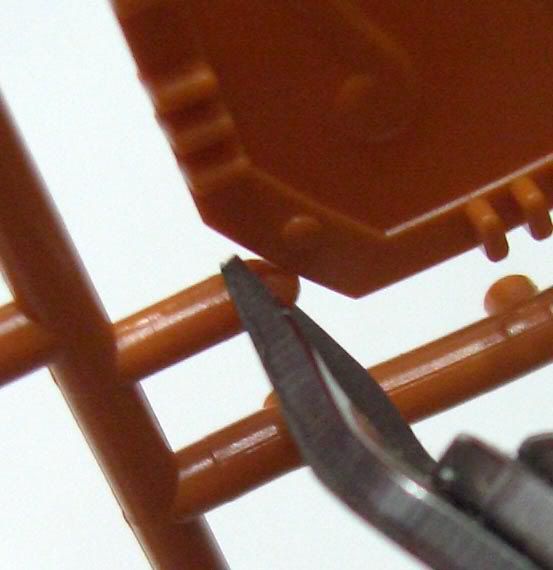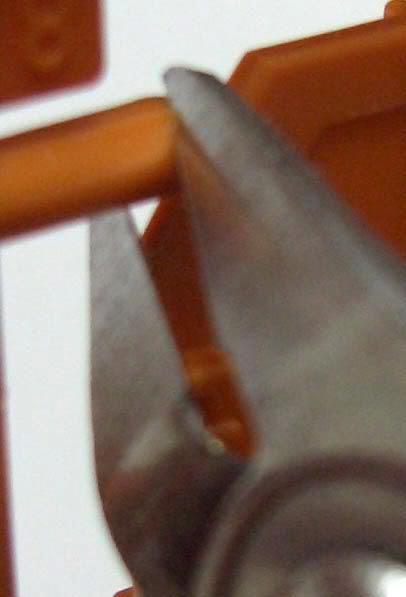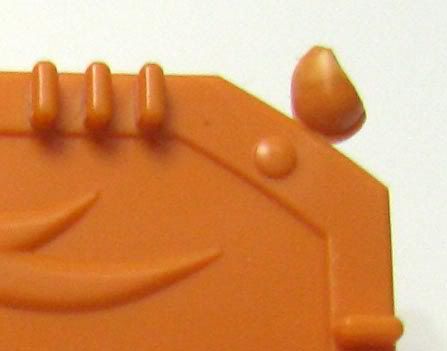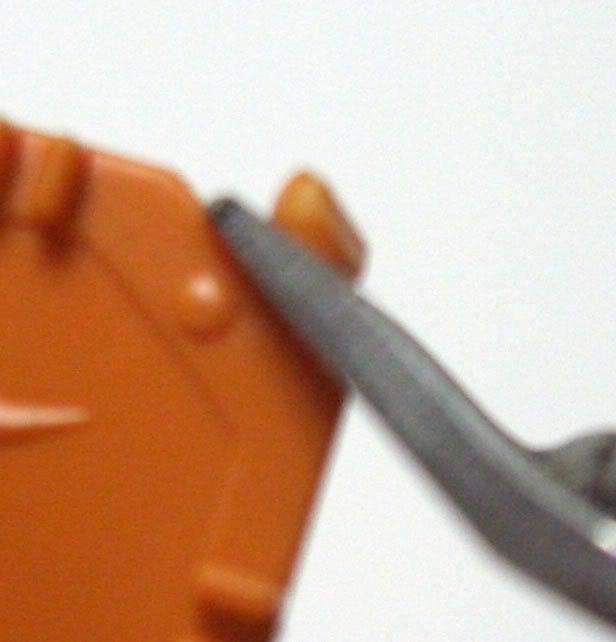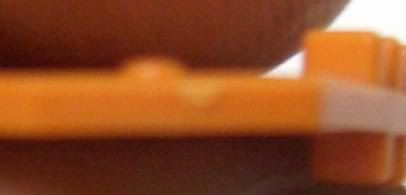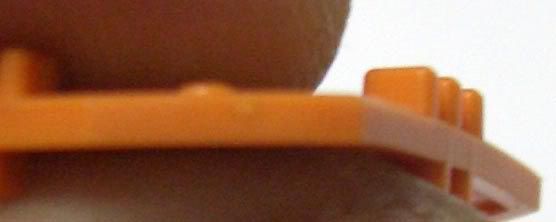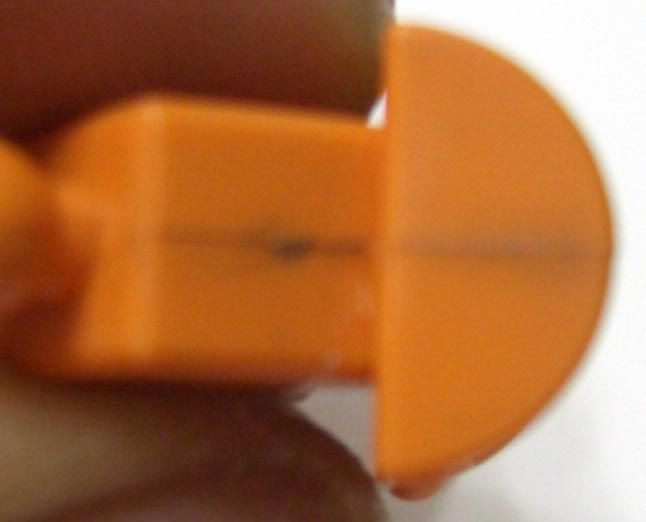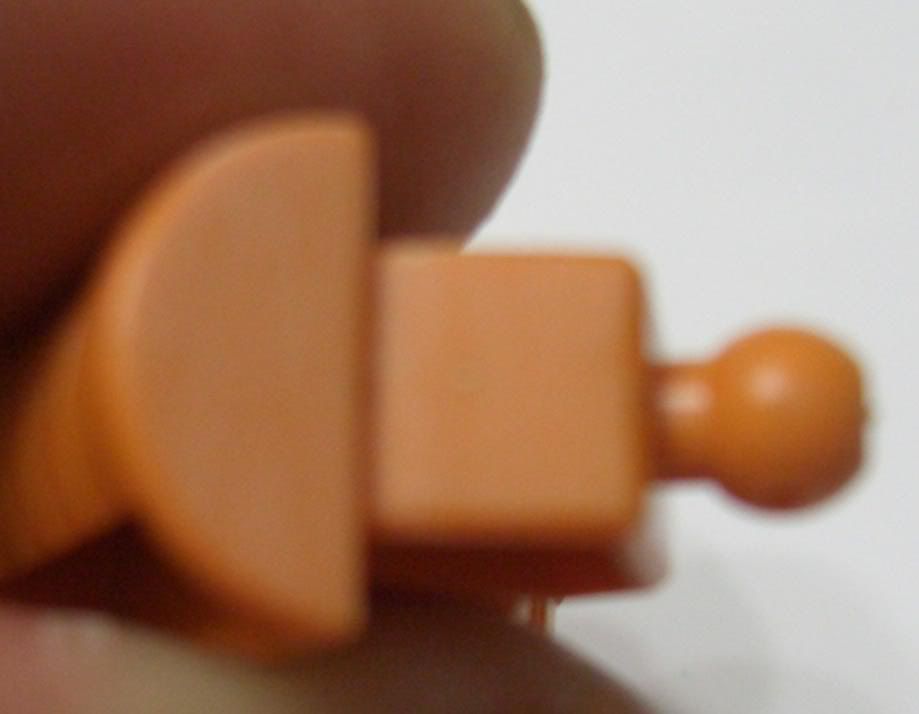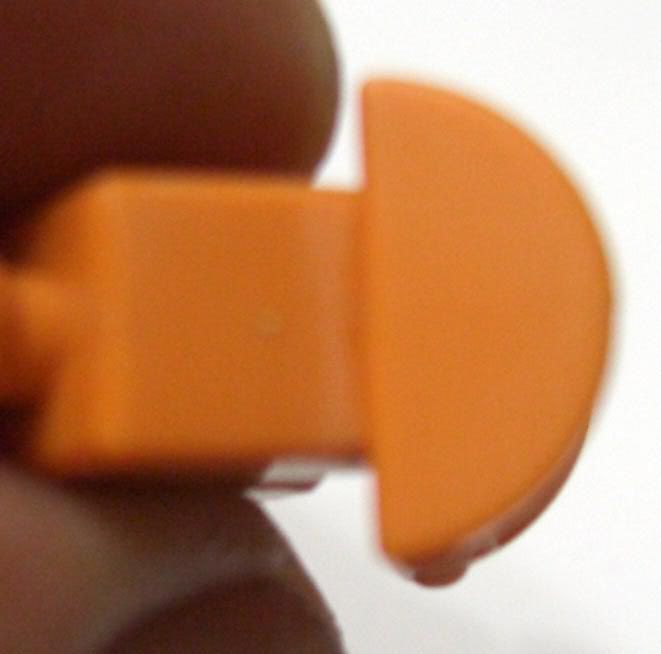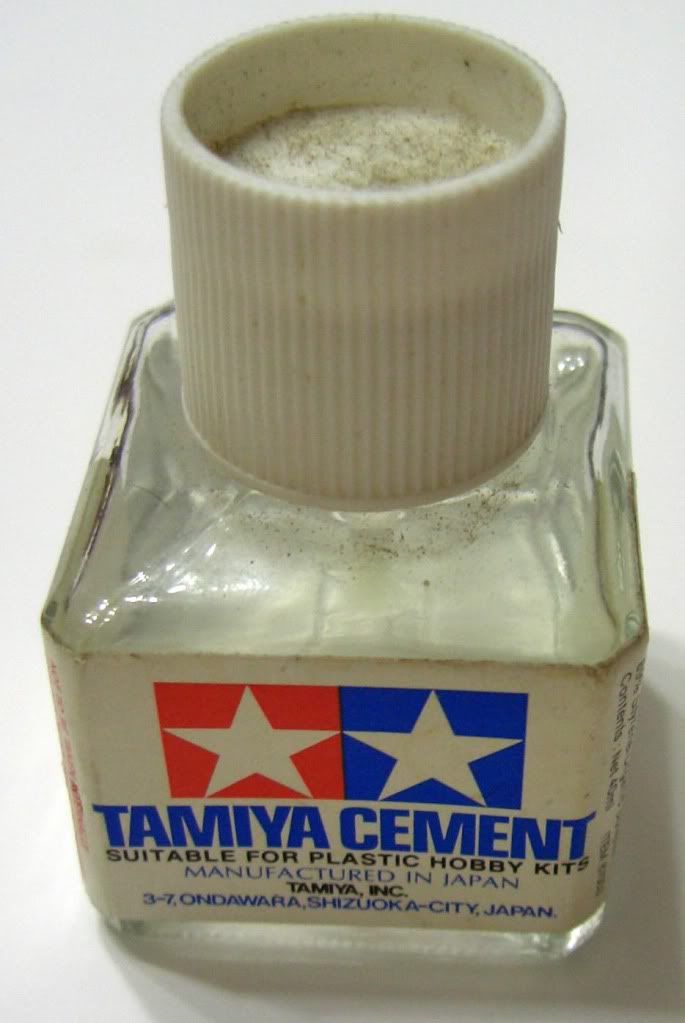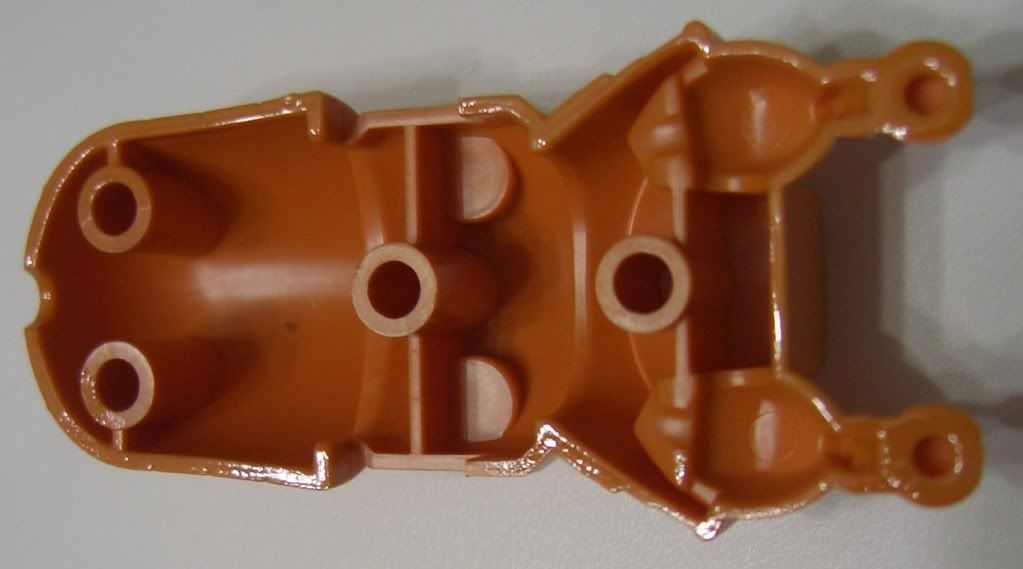What are my options to paint my model kit?
You can use paint markers, hand painting, spray can paints or airbrushing.So which method should I use?
It really depends on what you are trying to achieve.1. If you only want to add missing colour only, you always use paint markers or hand painting.
2. If you want to do a customise paint job, you probably need to use spray can paint or airbrushing.
Paint Markers : Cheapest of all the painting option, all you really need is the paint marker. To paint finer details, you can squeeze the paint out of the marker onto a tray and use a fine brush to apply the paint. You need to clean the brush with industrial thinner after use. The downside of using the paint markers is that you are limited to the colours available, would be difficult for you to mix your own custom colour.
Hand Painting : Next cheapest option is to hand paint. All you need is to invest in some paints, brushes, paint thinner(with retarder) and industrial thinner. Hand painting requires some level of skill to apply the paint without leaving behind brushmarks. Leveling thinners contains retarder to slow the drying time of paints to allow it level out and reduce the amount of brushmarks. The upside to using hand brushing is the unlimited amount of colours you can create by mixing paints. The downside is the brushmarks left behind when painting large area. The paint applied may be quite thick. It is quite difficult hand paint metallic paints over large surface area.
Spray Can : If you are only planning to paint a few model kits, spray can would be a better option. Otherwise, you should consider investing in a airbrush/compressor set. Spray can may look cheap (S$3-7 per can) initially, but when you use 6 to 7 different colours per model. After several models the cost really adds up. The upside to using spray can to paint is the evenness in the paint job, especially over large area. The downside of spray can is the cost and limit range of colours available. Furthermore, the is a large amount of wastage due to spraying from a distance the model.
Airbrushing : If you have the money to invest in a decent airbrush/compressor set (probably in the range of S$300-S$400), it would be the best option. You can spray large area evenly, mix your own custom colours, spray finely detailed area without covering up the details, spraying flat coat without fear of it 'frosting', minimum wastage of paint and option to do pre-shading and post-shading. The downside to airbrush is the initial investment required.
To be continued ...

